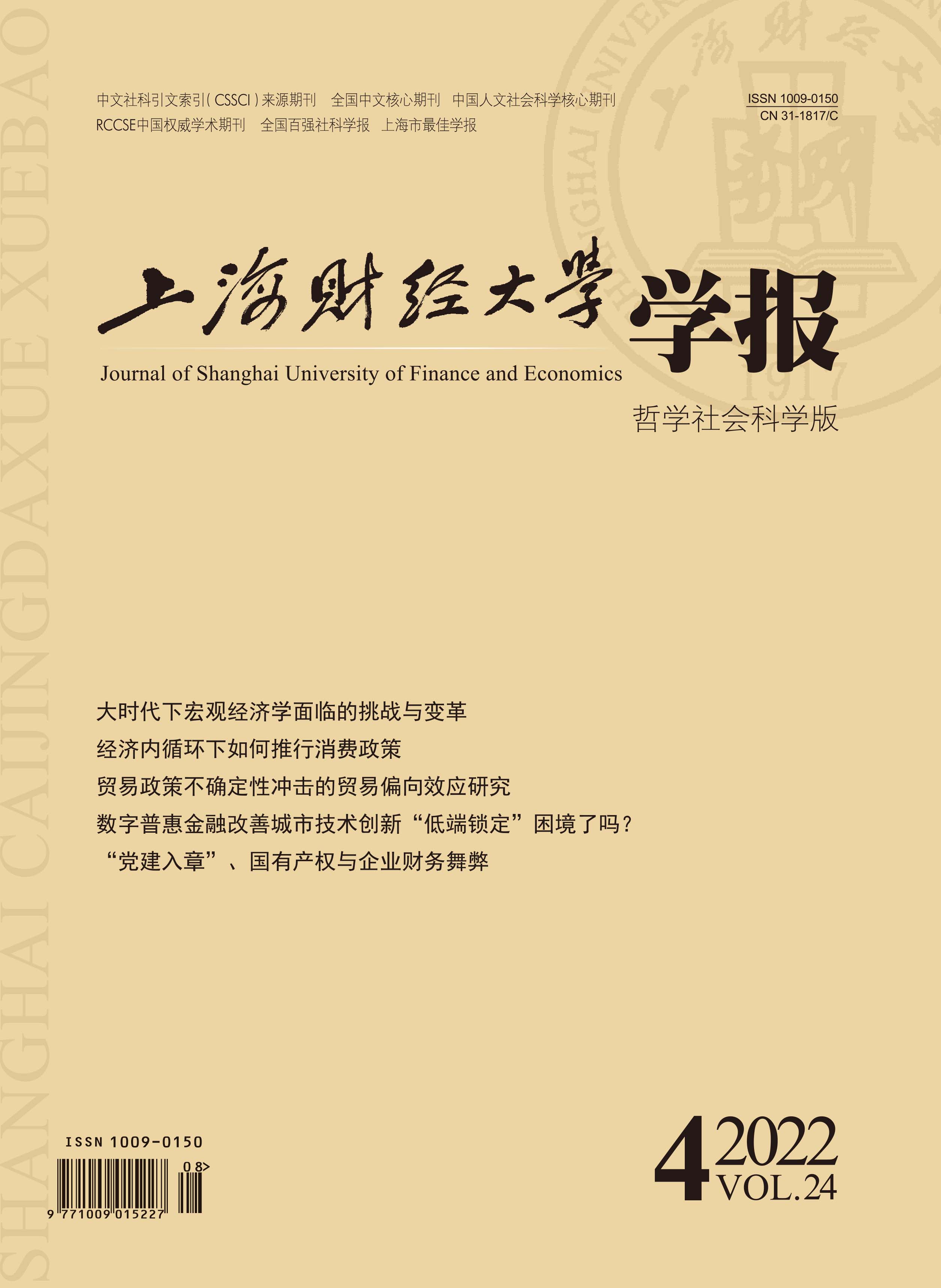With the development of the world economy and the deepening of China’s opening up to the outside world, more and more Chinese companies are deepening the wave of international development and starting to figure out how to “take root” in the international market. In fact, Chinese brands face the dual pressure of “legitimacy” and “competitiveness” in overseas markets, i.e., the pressure towards brand isomorphism in order to gain legitimacy in the host market and the pressure for uniqueness in order to resist the competitiveness of mainstream brands in the host country, and the nature and relative strength of such two driving forces change over time and space. The existing research considers the host market as a passive recipient of investment from a corporate perspective, and measures overseas performance mainly through financial indicators. However, brand internationalization is more consumer-oriented, which focuses more on issues such as consumer perceptions, attitudes, and behaviors. Moreover, the existing research fragments the internationalization process, ignoring the linkage effect and dynamic effect of brand internationalization.
This study, following the Uppsala model, takes a consumer-centric and integrated perspective by investigating the role of brand isomorphism and brand heterogeneity on overseas brand performance and their mediating mechanisms as well as boundary conditions. Through three experimental studies, the results show that brand homogeneity firstly increases and then decreases overseas brand performance (i.e., inverted U-shaped relationship), whereas brand heterogeneity firstly decreases and then increases overseas brand performance (i.e., U-shaped relationship), which is mediated by consumers’ legitimacy perceptions of Chinese brands. Particularly, the mediating effect of perceived legitimacy on overseas brand performance is stronger for consumers who hold a higher cognitive distance.
This study explores the “apex effect” of brand isomorphism strategy and the “valley effect” of brand heterogeneity strategy on overseas brand performance. In addition, it clarifies the boundary conditions of legitimacy on overseas brand performance by exploring the interaction between cognitive distance and perceived legitimacy.





 4298
4298  5358
5358

